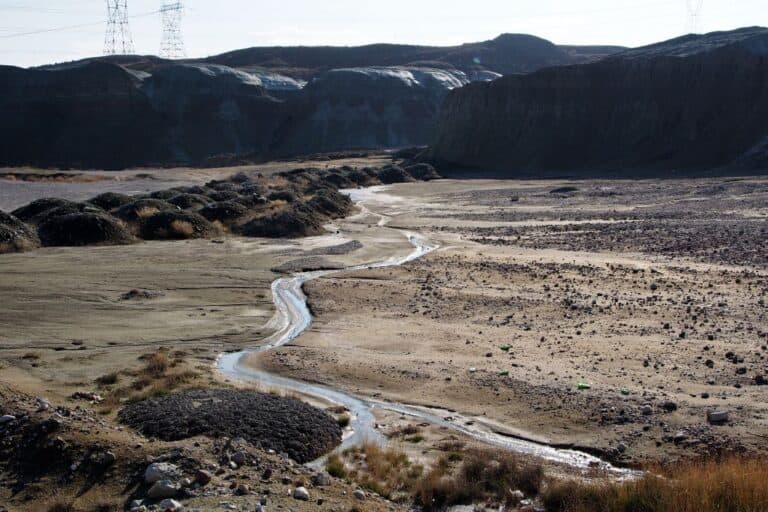70% of the planet is covered in water, a key resource for almost every aspect of life and a major factor in health, peace, and security across the world…. Physical water scarcity refers to the lack of sufficient water in an area, whereas economic water scarcity occurs when people cannot afford access to water. The consequences are disproportionately felt by the poorest and most vulnerable. Although there is no international mandate, governments around the world have implemented policies and strategies to help tackle the issue. In this article, we explore some of the most common solutions to water scarcity.
What Are the Causes of Water Scarcity?
Only 3% of the world’s freshwater is accessible, with the rest frozen in glaciers or otherwise unavailable to us. Pressure from water scarcity is distributed as unequally as water distribution. One-third of those living in water-stressed countries are under critical threat – that’s nearly ten percent of the global population.
Contamination is responsible for the death of millions of people every year. Water laden with sewage and waste from agriculture and industry flows through most rivers and streams without treatment, allowing pesticides and toxic chemicals to leach into the groundwater and freshwater systems, critically lowering the availability of water resources.
Population growth and urbanisation drive an increase in demand for freshwater. Several countries around the world, from China and South Africa to some European nations and several US states have experienced water crises and droughts in recent years.
Climate change expresses itself through water. In altering the global temperature and precipitation patterns, global warming vastly impacts the quality and spatial distribution of global resources. Drought and wildfires occur more frequently thanks to faster water evaporation from the soil and increasingly arid conditions. Of course, climate change also contributes to rising sea levels and mass flooding.
What Are the Consequences of Water Scarcity?
The effects of water scarcity are glaring but are not confined to the obvious health, poverty, and disease-causing issues. According to water.org, nearly one million people die every year from water, sanitation, and hygiene-related diseases, all of which could be reduced by securing access to safe water and sanitation.
Water is a lifeline, not only for human survival but also for food production. According to the World Bank, agriculture accounts for 70% of all freshwater withdrawals globally and this is only expected to grow as the world population continues to grow.
It is estimated that over 140 million people will be forced to migrate within their countries by […]
Full article: Exploring the Most Efficient Solutions to Water Scarcity

